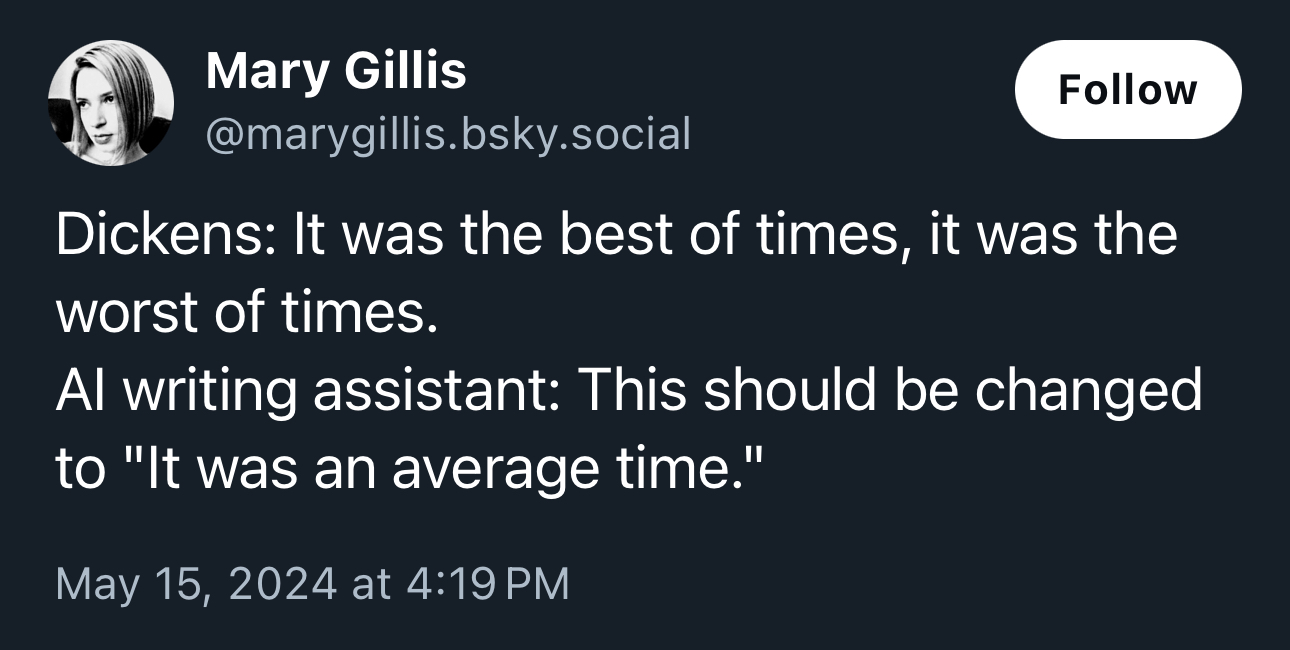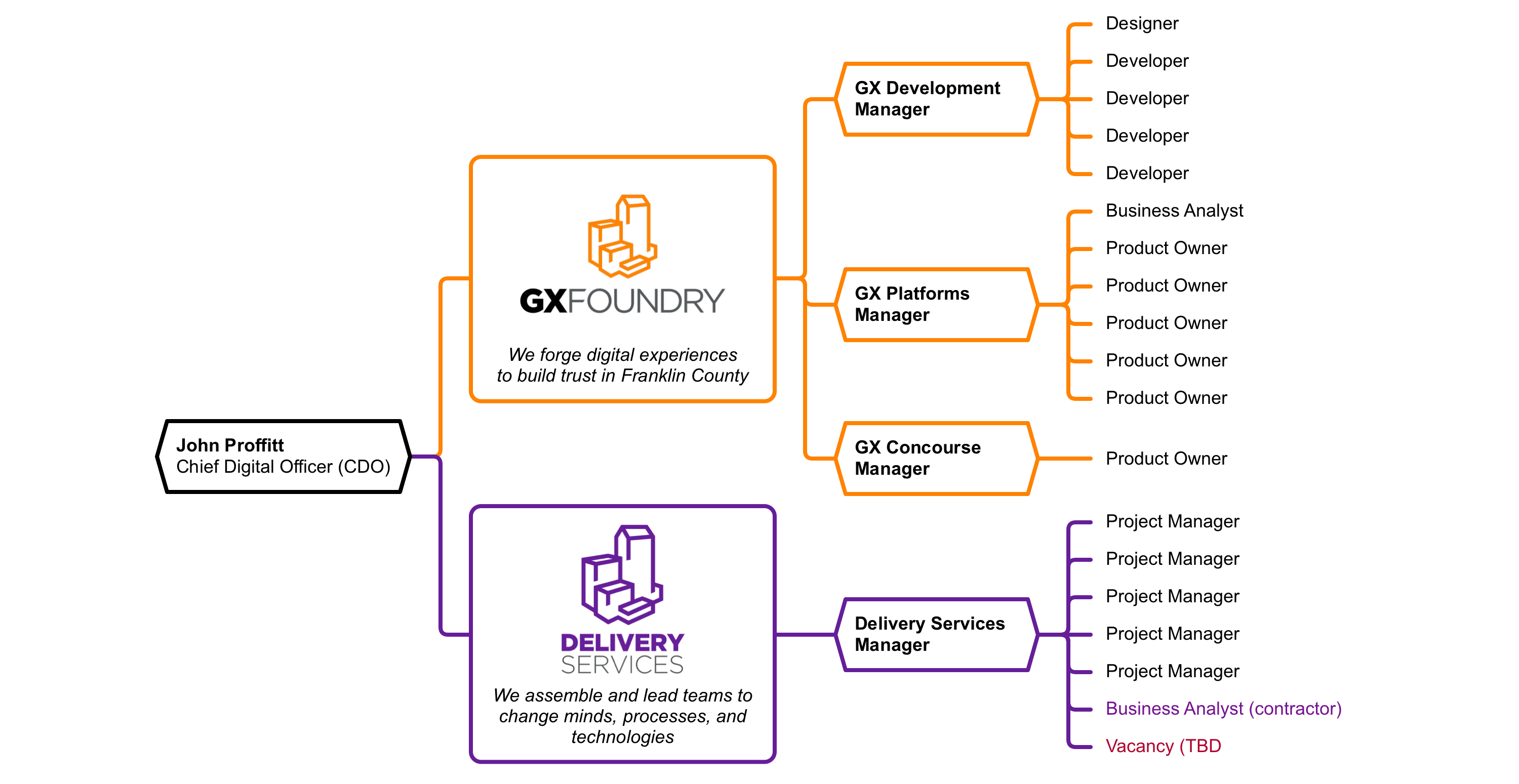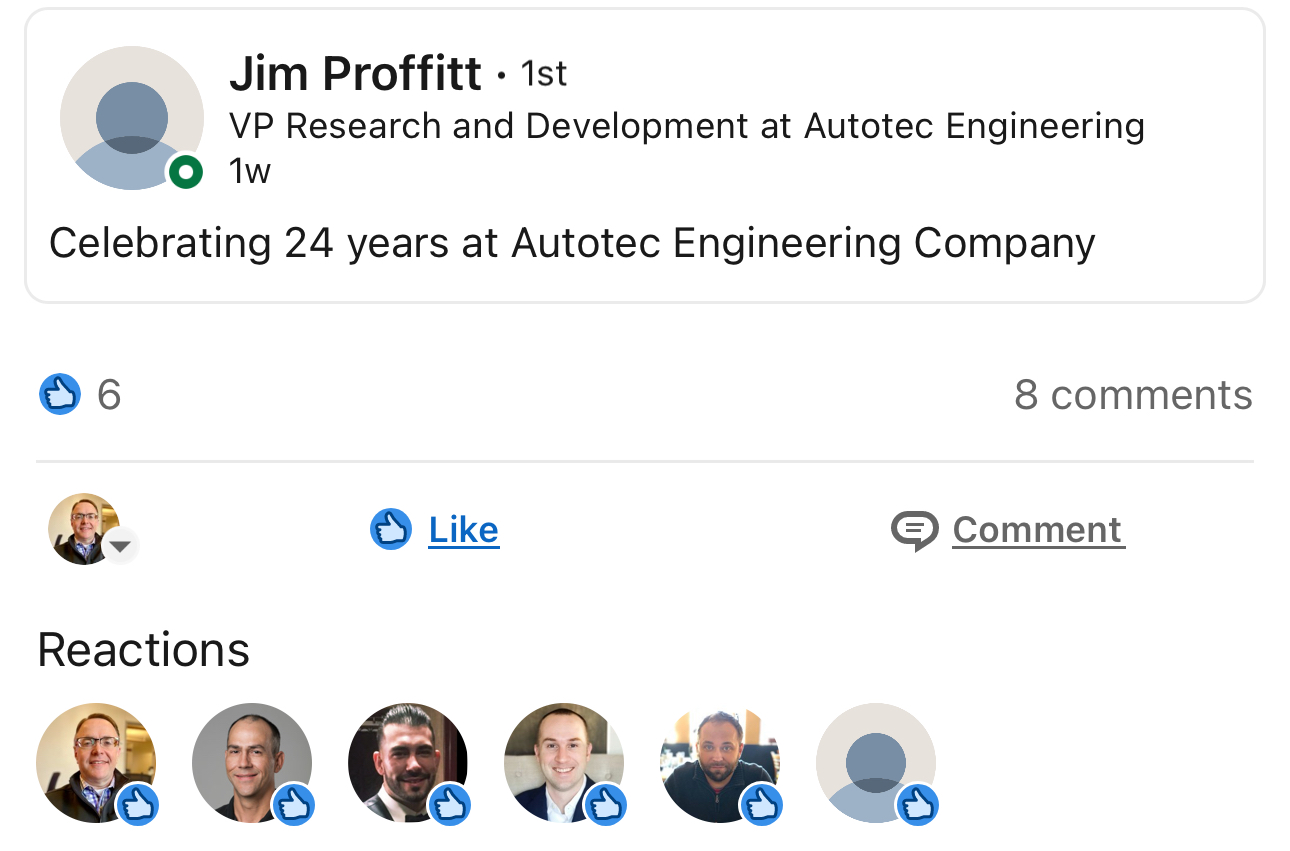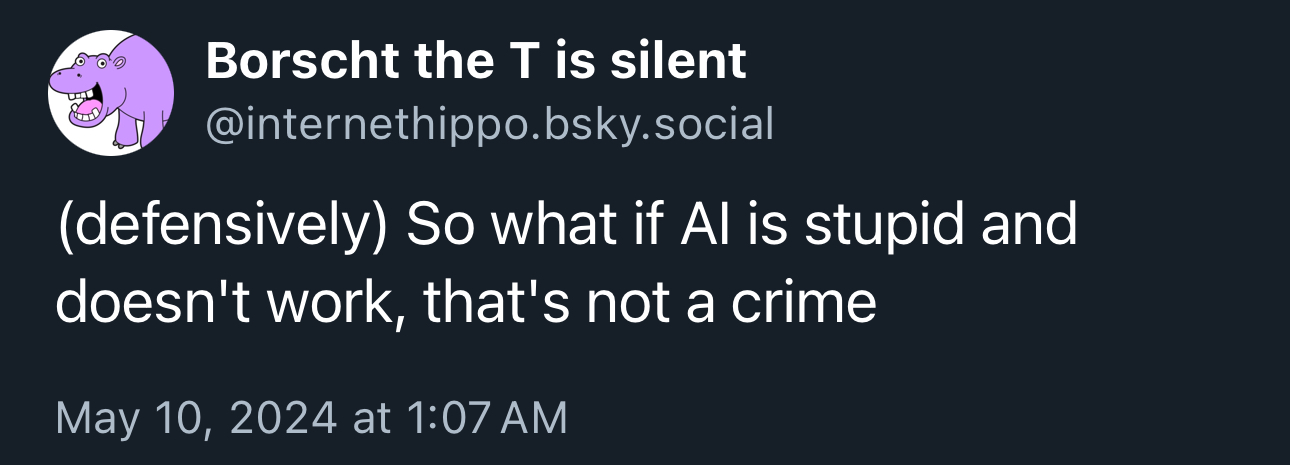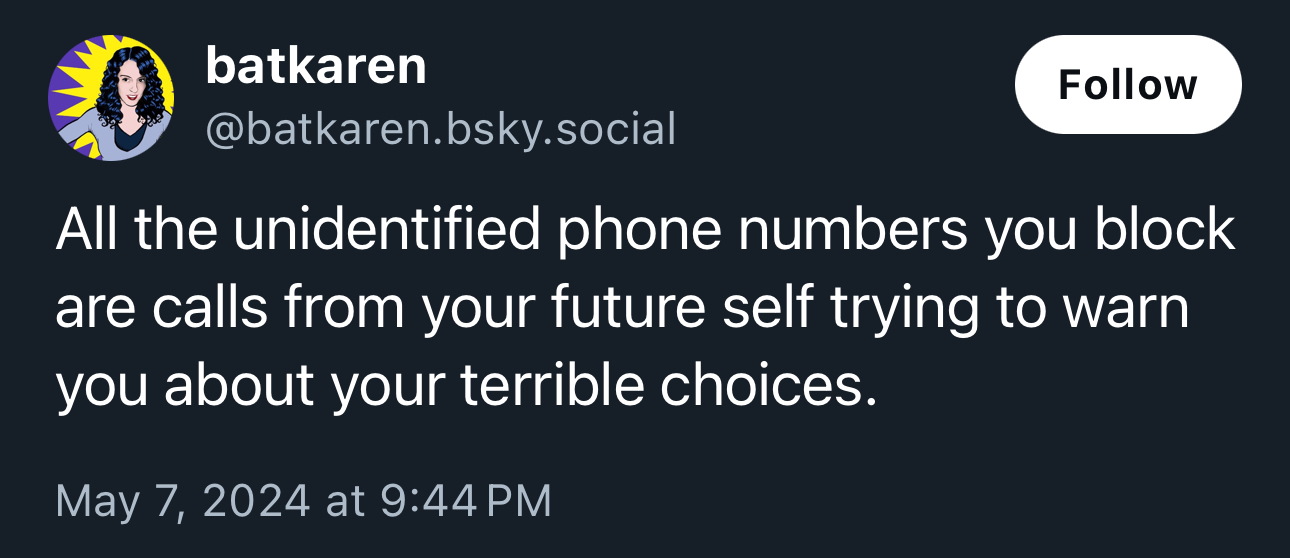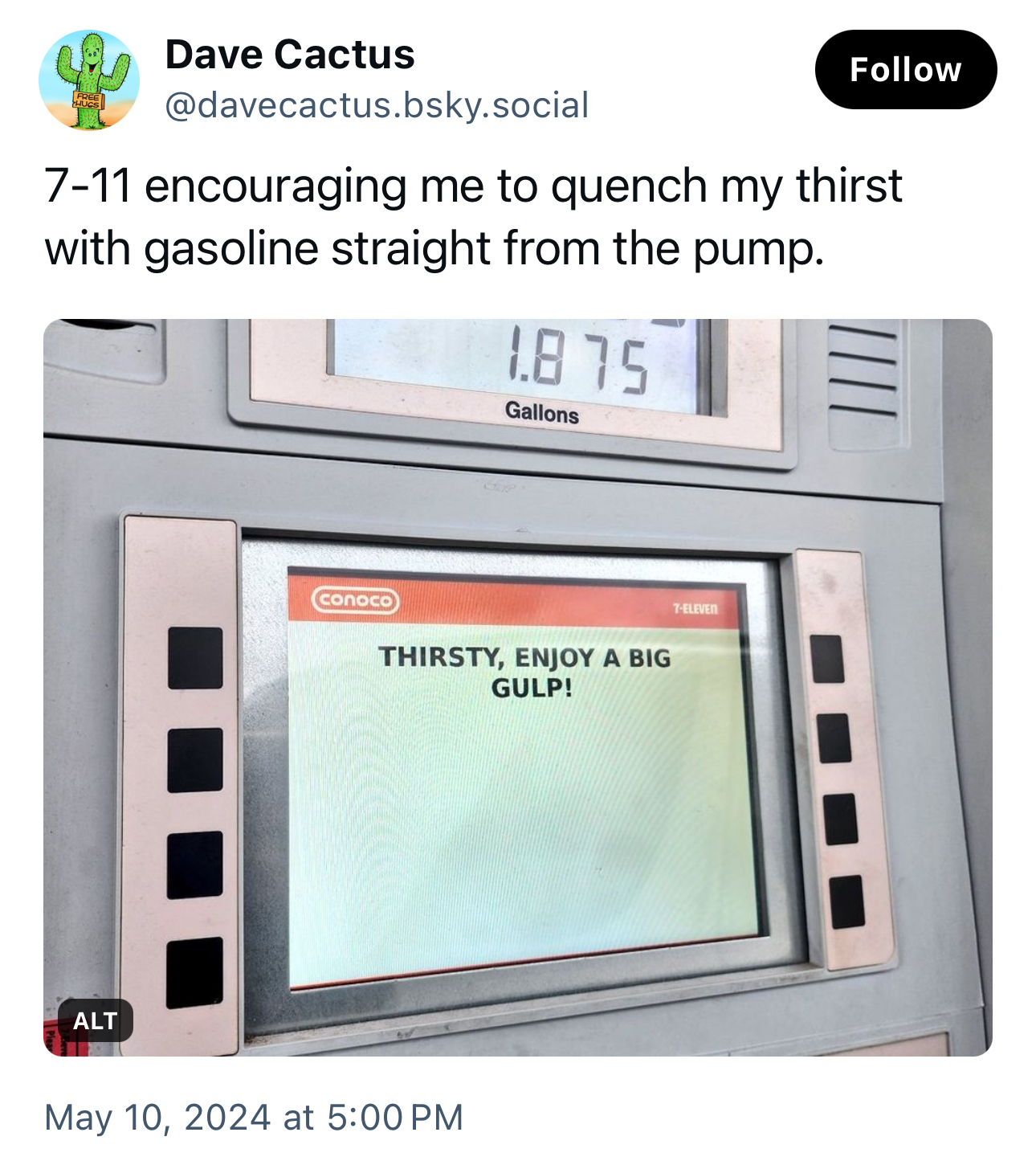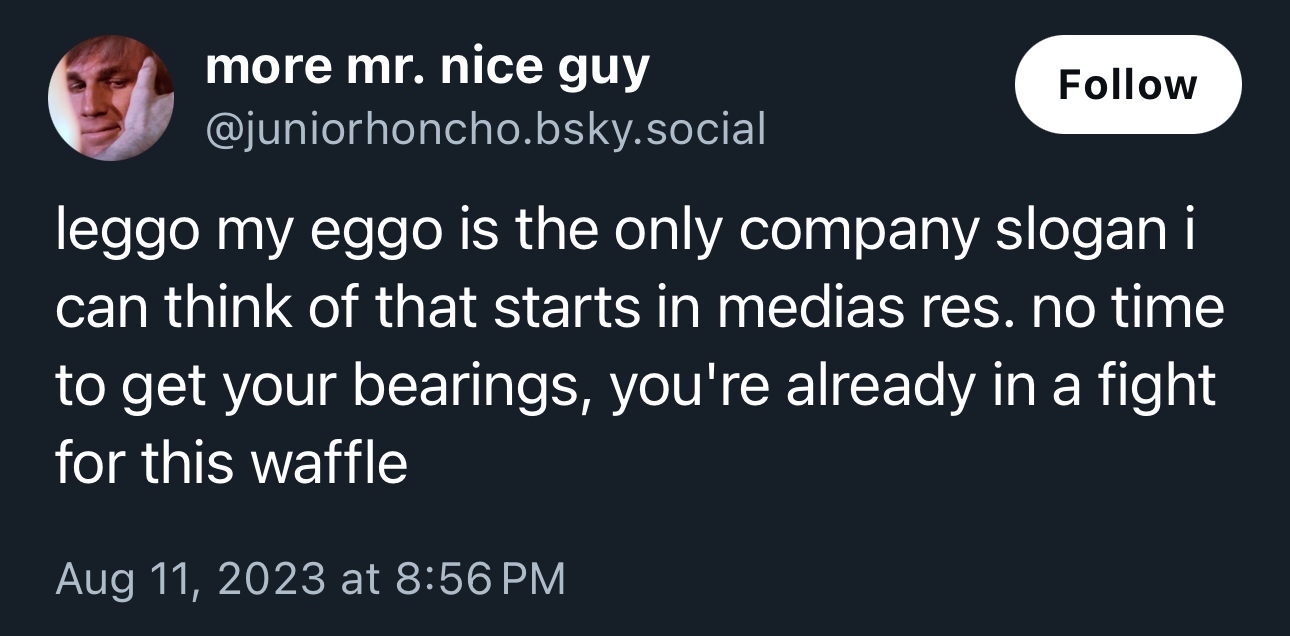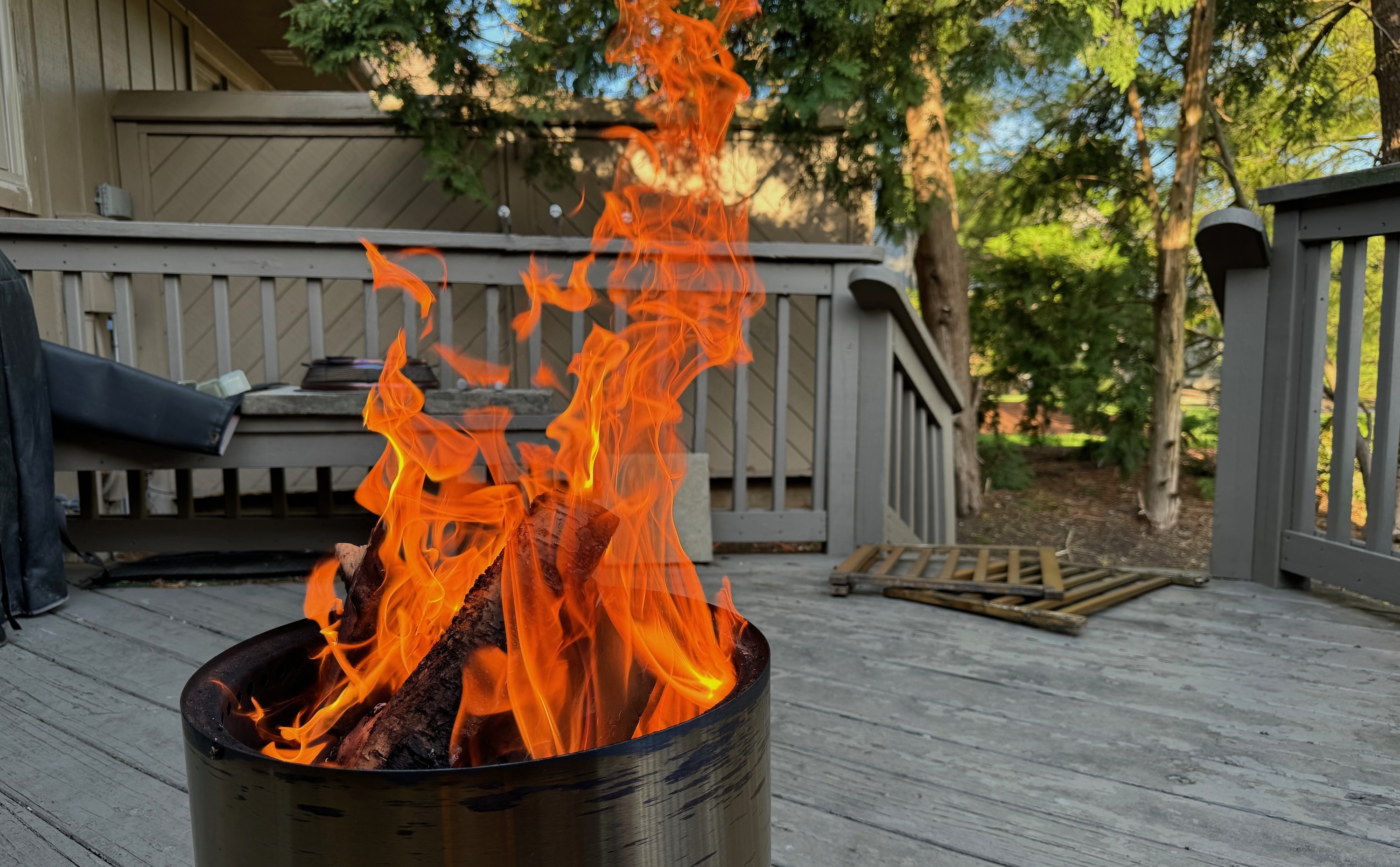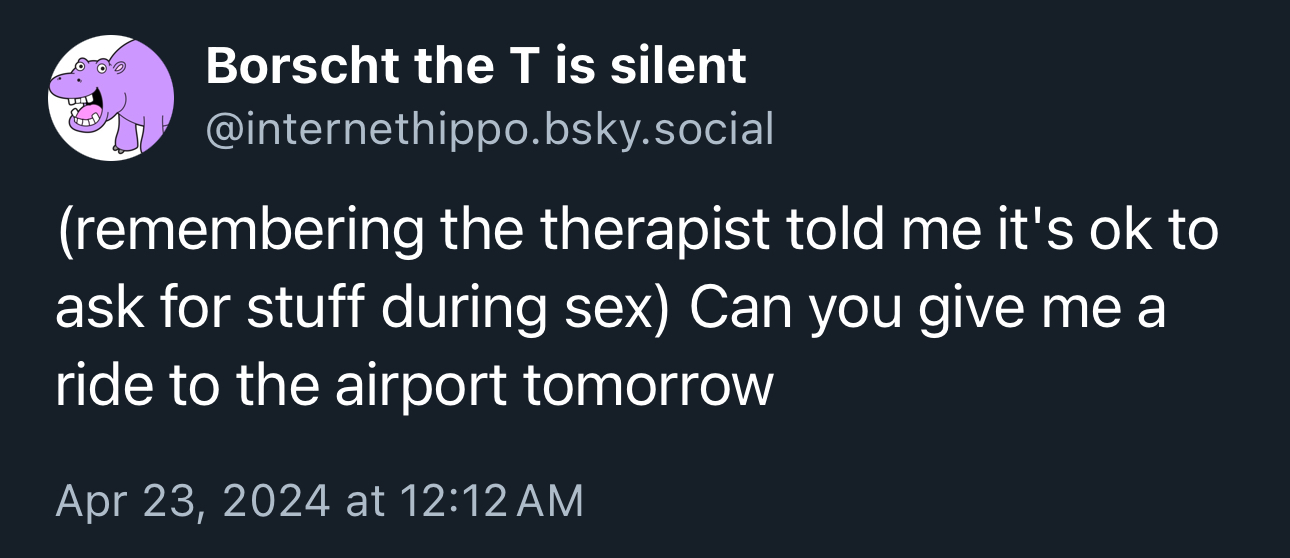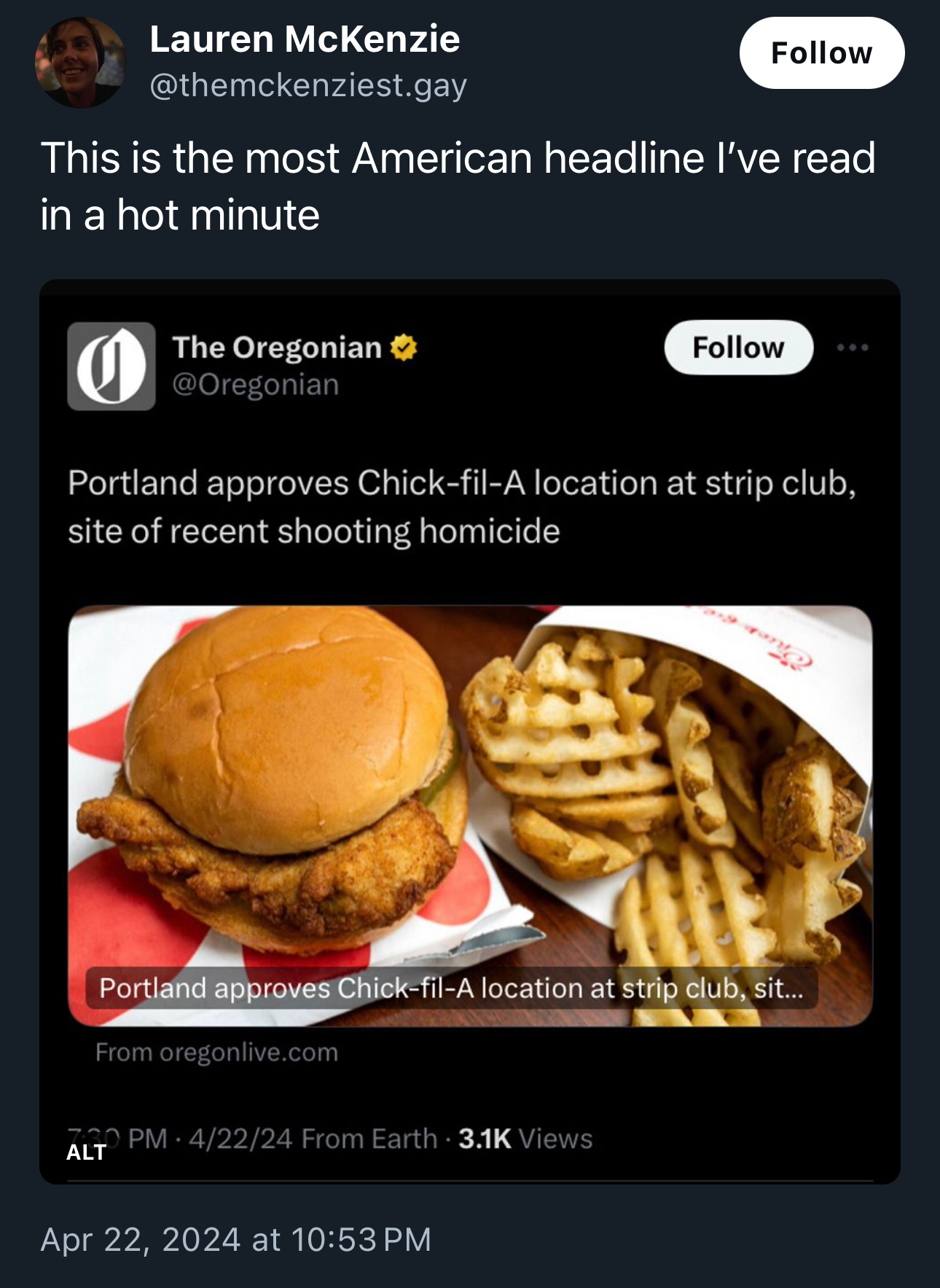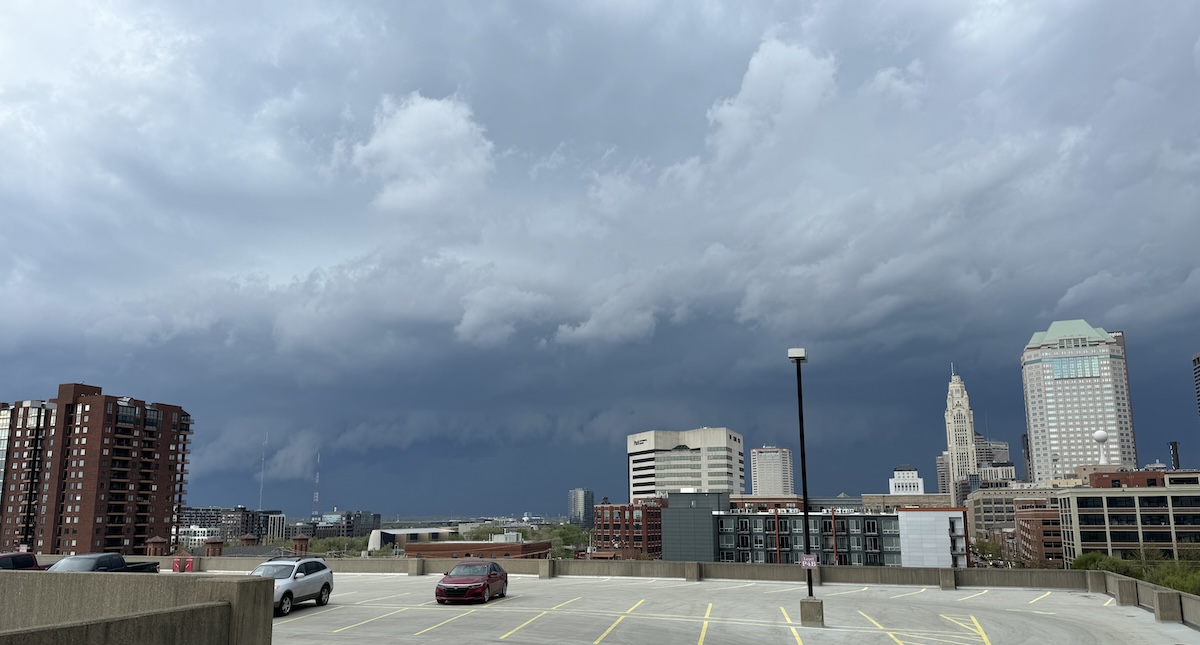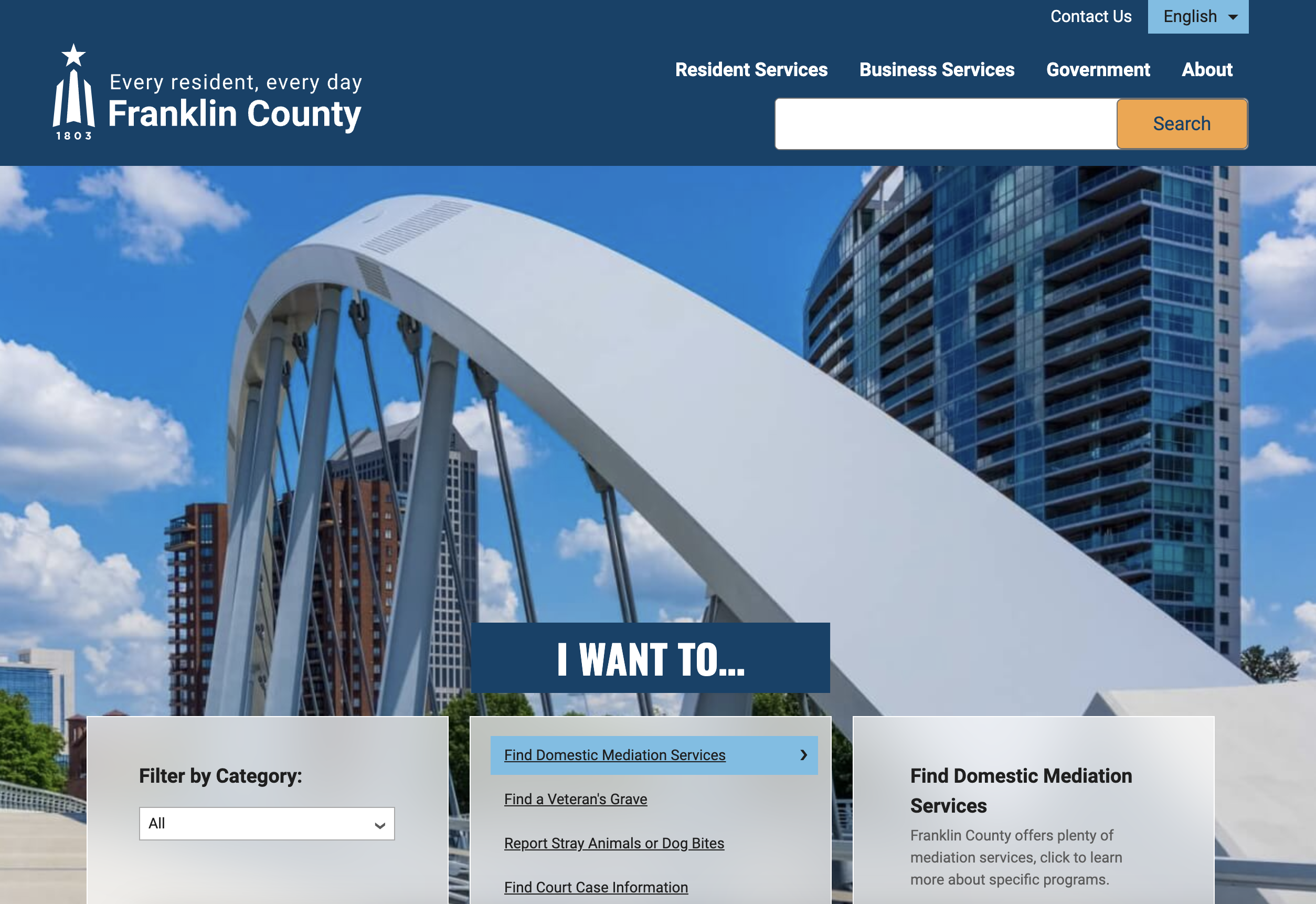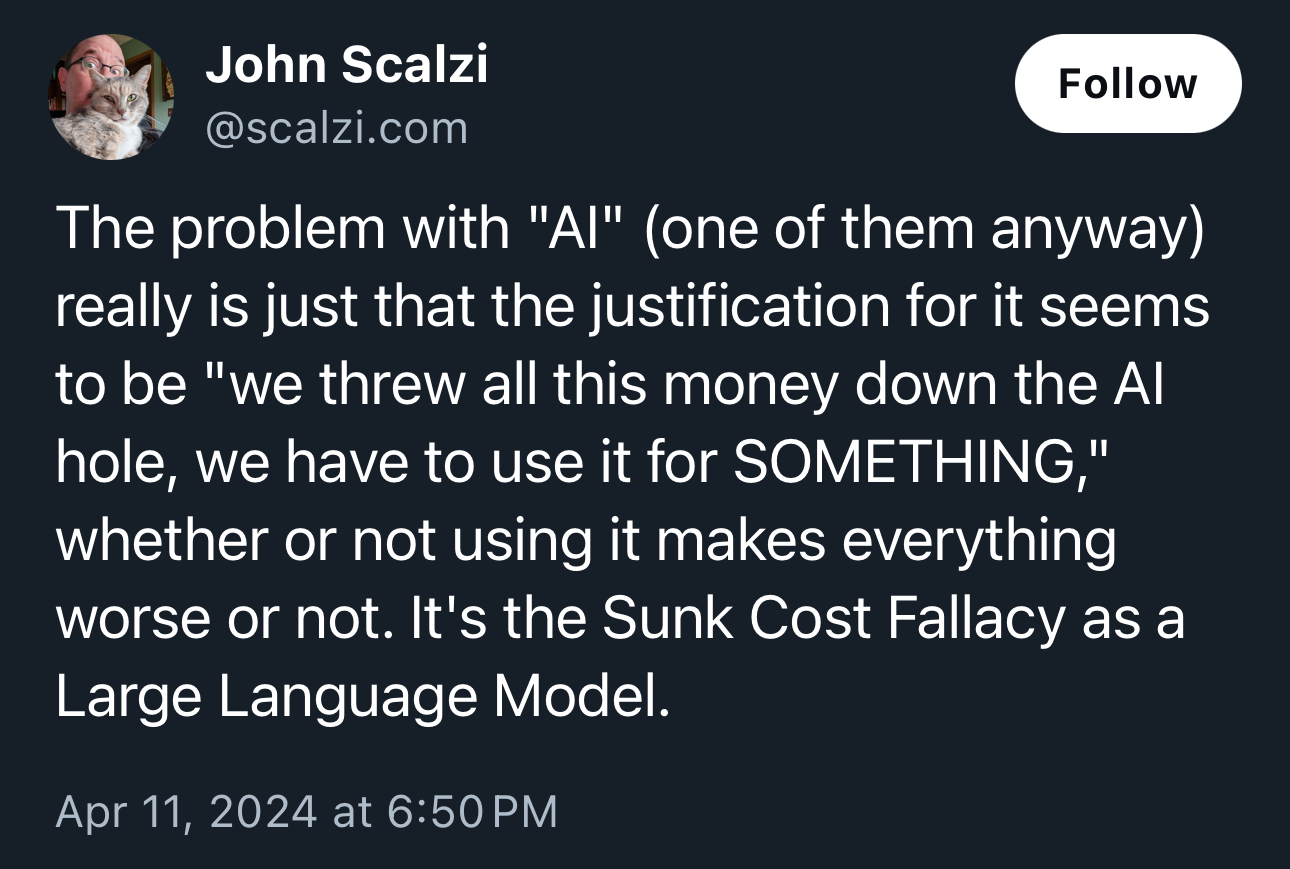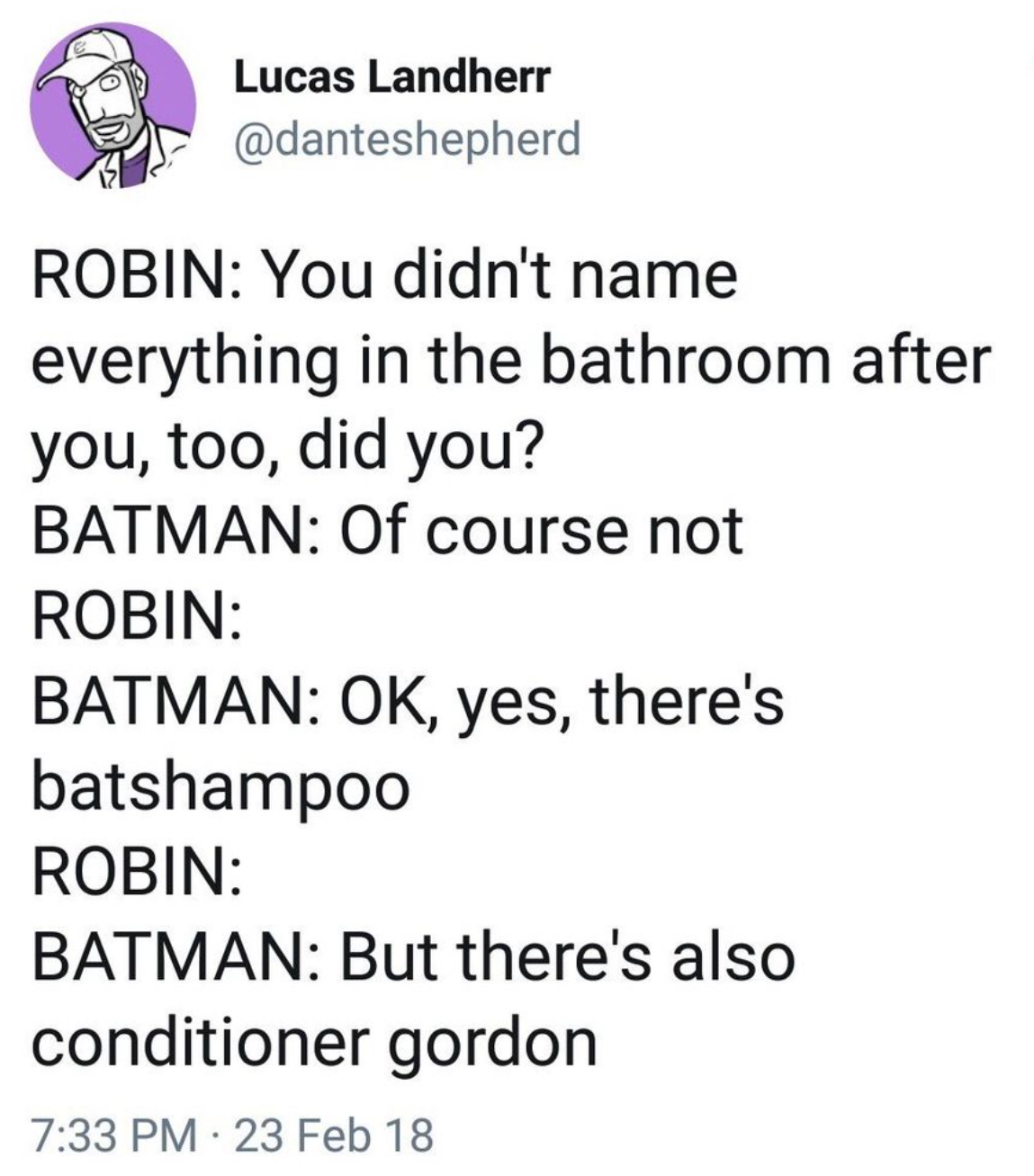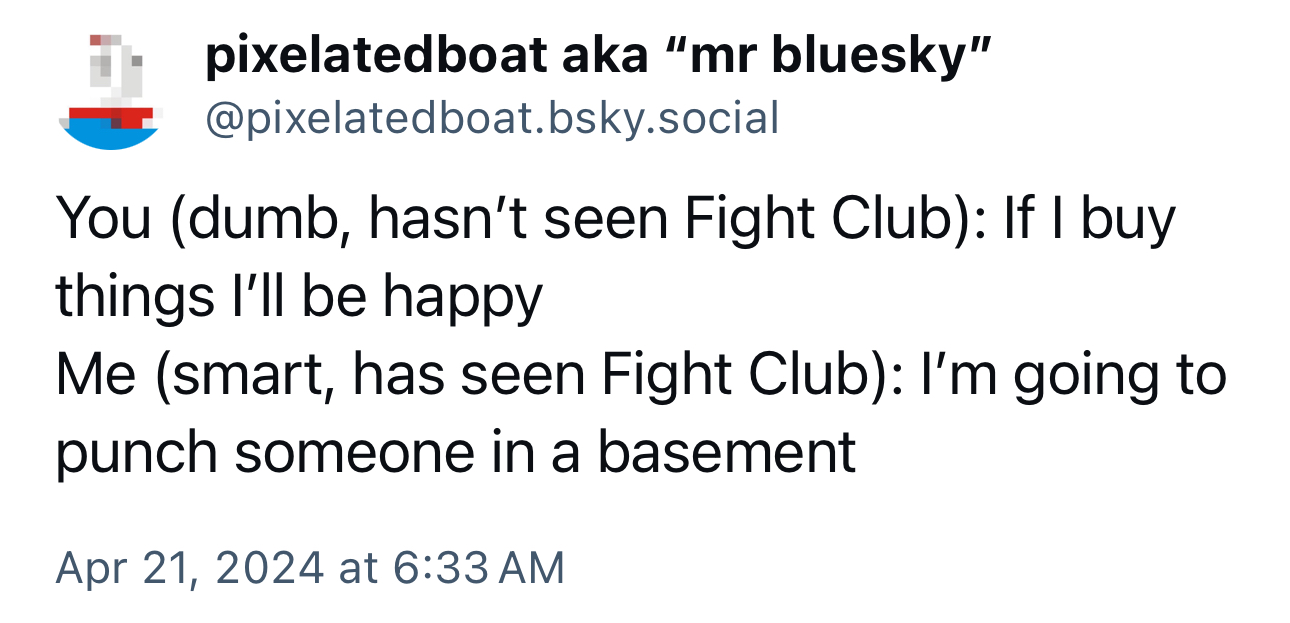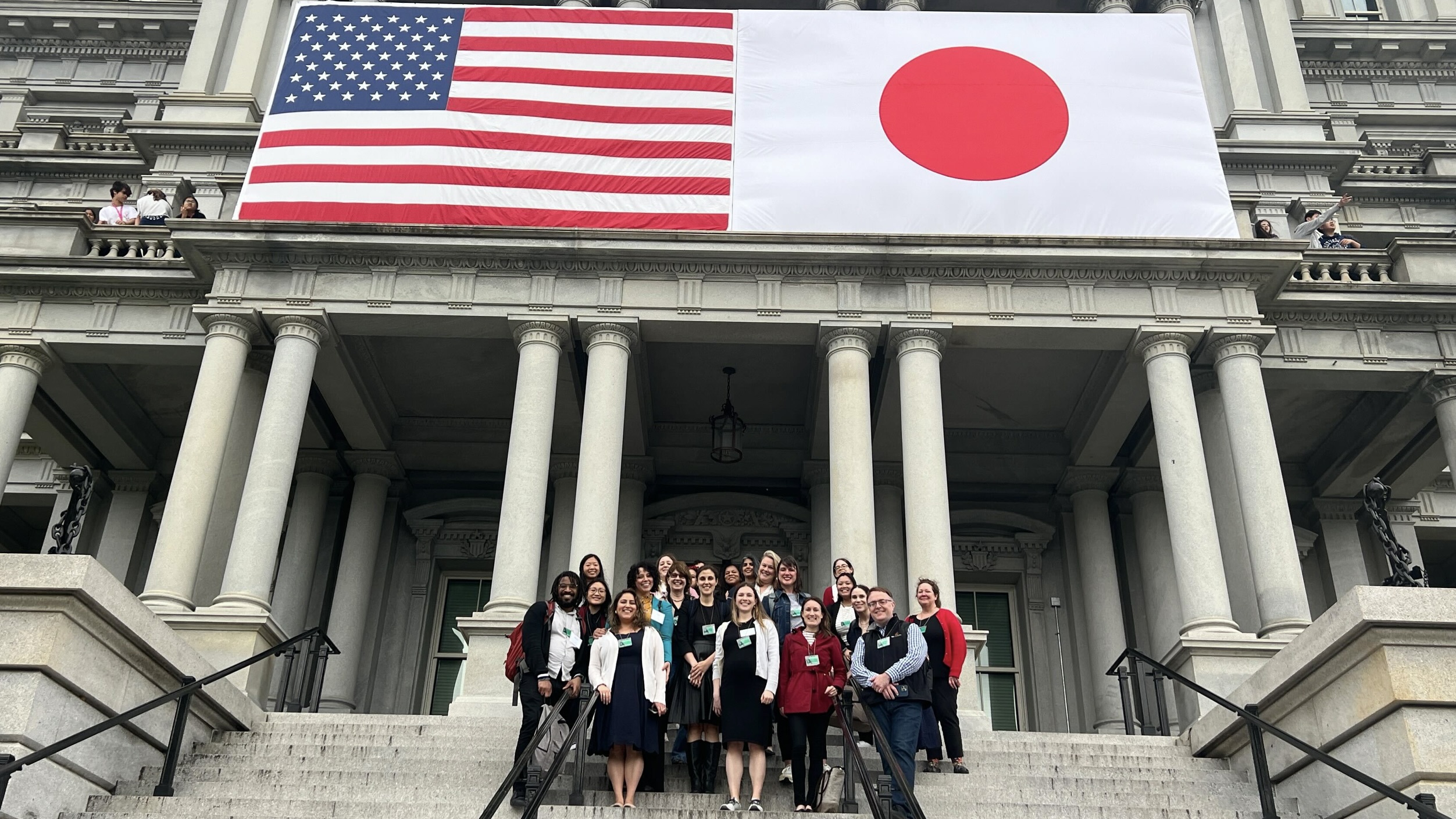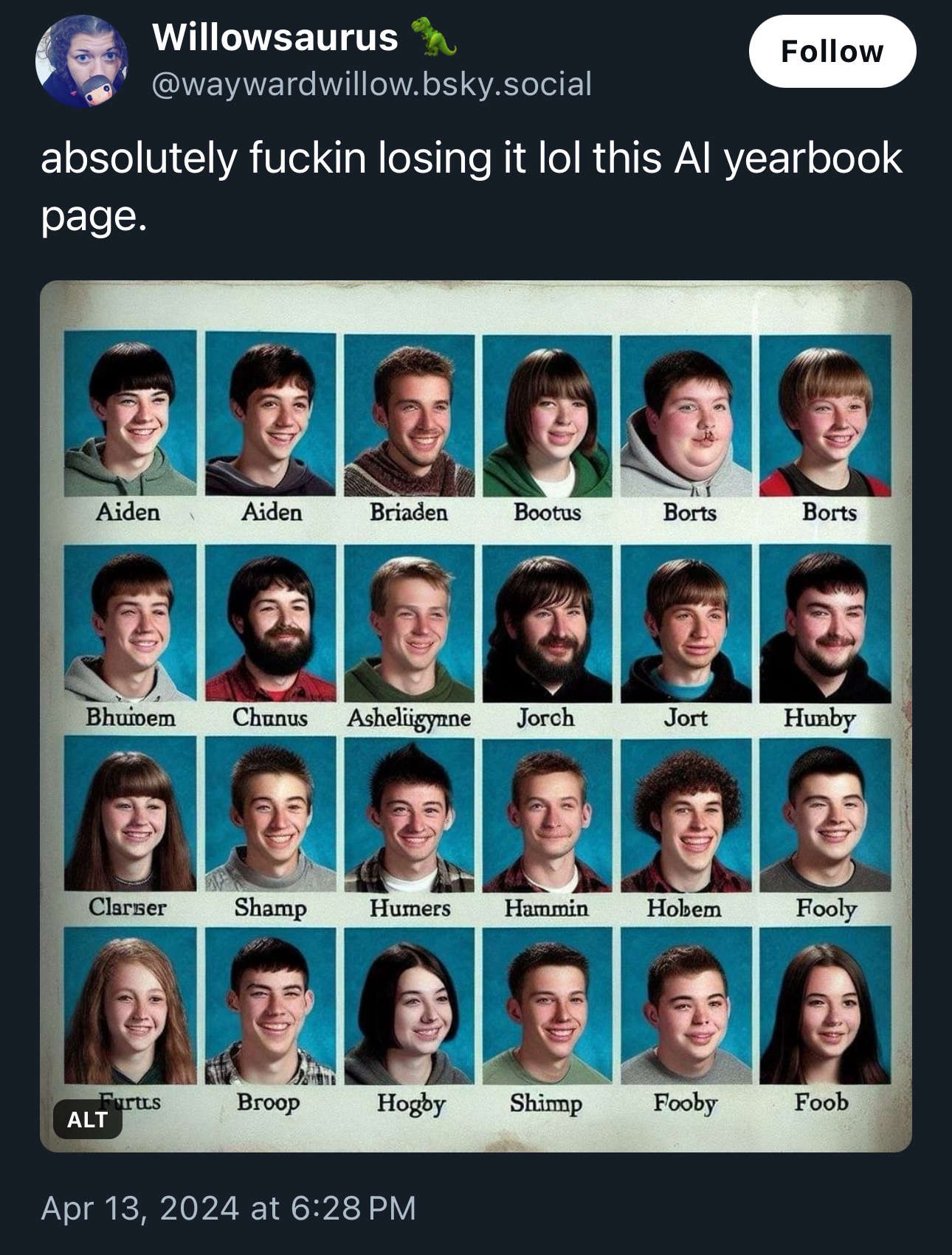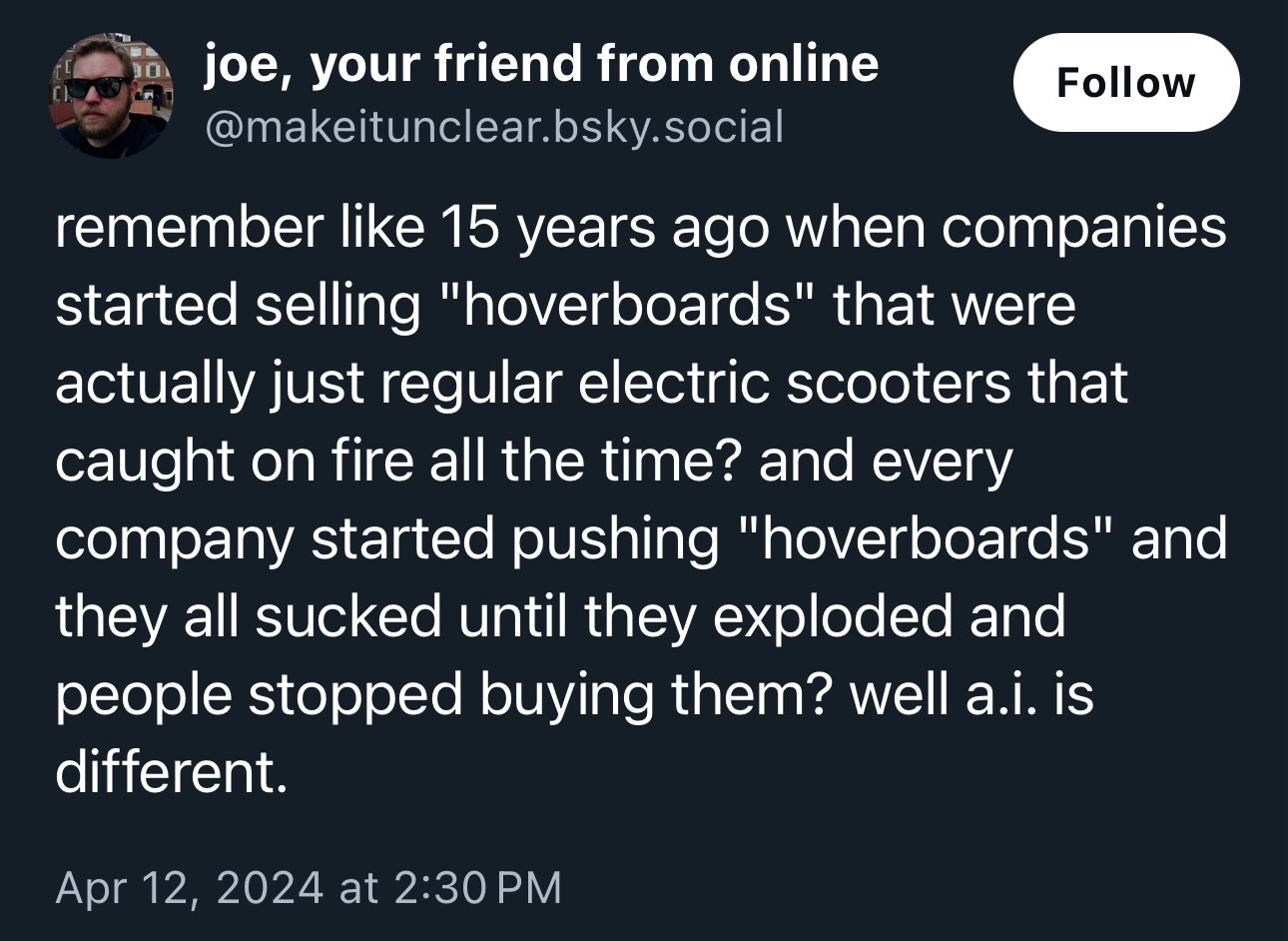May 13-19
These are my “weeknotes” to capture events, thoughts, and other items from the past week, mostly focused on my professional work. Subscribe if you’d like to receive these via email or via Substack notifications.
Only 23 meetings
The life of a manager/leader doesn’t always feel productive. The days of being an individual contributor—when you could see and feel the work you were producing—are gone, and it’s hard to tell whether what you’re doing is making a difference.

This past week I had at least 23 scheduled meetings, not to mention impromptu hallway conversations and of course tons of instant messaging sessions and some calls. I did some “work” here and there, but it was disjointed.
Over time, I’ve gotten more comfortable with this style of work, but I’ve never been (and likely never will be) fully comfortable with it.
The next 2 weeks coming up will feel even stranger. I have a full calendar in the coming week and a conference week after that. I won’t be “productive” again (it seems) until June.
Another changing of the guard
Last week I noted that I was taking on an additional team in the organization. That expanded my organizational responsibility by 7 roles. This week I’m adding 1 more role to the mix.

This should stabilize any structural changes on my teams for now. For the future, some key questions I have to consider:
What is the right balance, for us, between Business Analysis capacity and Project Management capacity?
What is the right balance, for us, between Product Ownership capacity and UX Research capacity?
Are Business Analysts best “seated” with the teams/products/technologies they are analyzing, or are they best lined up with the Project Managers? That is, do you “embed” BA abilities closer to the services or keep them generalized with “delivery” folks?
I quietly reached out to U.S. Digital Response recently to see if I could get some consulting time to discuss our structures and role breakdown, to see what others and doing and figure out the best path forward for our specific situation. We’ll see if something comes of that.
Don’t Make Me Think

Years ago I read the great design / UI / UX book Don’t Make Me Think (now in its 3rd edition). I thought of that this week based on a post by UK digital government consultant and thinker Matt Jukes.
Matt released a great post just today about his concerns around Product Management and how it’s developed a mixed reputation in the last year or so. He then goes into his concerns around how frameworks can become problematic.
Hard agreement. I love frameworks! But I never treat them like straight jackets.
The best frameworks are ones that are fully aware of their own limitations. Kanban is probably one of the best at this (though not as pushed by David Anderson, who has gone too far in making things complex and doctrinaire). “Agile,” as promoted by the Scrum Alliance and others, is probably the worst offender. The PMP is also an indoctrination mess.
We need folks to focus on outcomes and choose methods that help them get the best tradeoffs between efforts and results. And boy, is this hard to explain to staff. So many folks want a “right” way to do things so they can just do the work and go home unencumbered with additional thoughts. It often feels like “Don’t Make Me Think” is the unspoken mantra.
Yet the most effective folks I’ve worked with in any industry and in any role have been those that question the why of a project or service, who are self-reflective, who can keep the destination in mind while orienteering their way through a dense forest of distractions.
I’m not sure how to teach the curiosity and desire for great outcomes over just “doing work” that’s parallel to our goals. If I ever figure that out, I’ll have to write a book.
Miscellanea
We continued our leadership training series with Business of People this week. Gotta say, these folks know what they are doing. Most of the ideas are repackaged good advice from lots of different sources, but the organization of the ideas and the facilitation is top-notch and there are real tools in this toolbox, unlike most other leadership development programs I’ve seen in the past.
The We Are #FCDC story series is getting a new installment in the next week or so and I am not ready! It is amazing to me how much energy it takes to develop these kinds of pieces and how few people understand the commitment required.
It feels like I’ve been successful at flipping our biweekly reporting model for the “CIO Report” into something new and more valuable. Our collective teams are a lot more judicious in what they are reporting out. Good stuff.
Part of my takeover of the project management space has been conducting a “listening tour” to figure out what everyone is thinking. It’s been illuminating, although I can tell not everyone is comfortable sharing their true thoughts. At least not yet. I’ve scheduled a team meeting for June 14 to reveal what I’ve learned and outline a path forward.
Photo Blog
I run a separate personal photo blog over at Photonic Teleportation, if you’re interested. Not related to my work (generally). This week I’m starting a series on my 4,000-mile road trips to and from Alaska between 1996 and 2013.

Internet funnies
And now a random roundup of stuff that made me chuckle recently.

